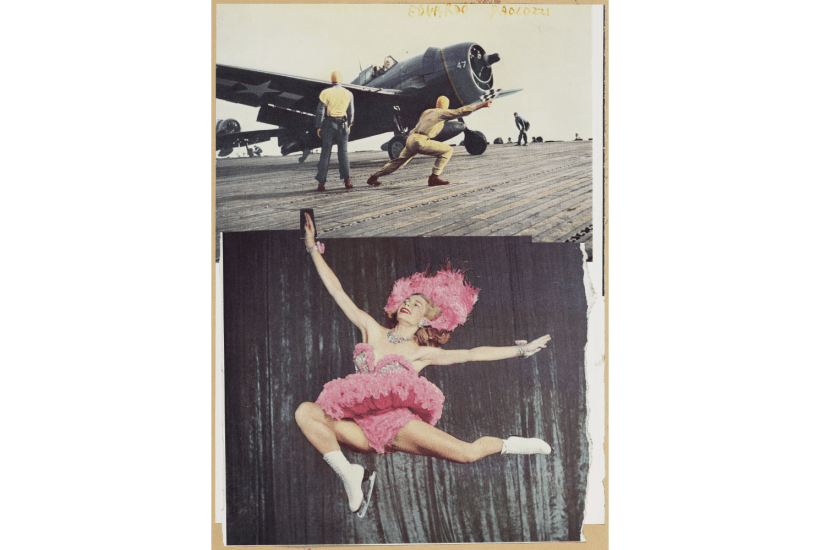On 10 June 1940, a riot erupted in Edinburgh as a 2,000-strong mob swarmed the streets, hell-bent on revenge. Their targets were barbers, delis and ice cream parlours; anything or anyone Italian. Mussolini had just entered the war and the mob scented blood. The police eventually quelled the violence and the city’s more sympathetic locals helped sweep up the broken glass and mop up the spilled wine.
Already a subscriber? Log in
Subscribe for just $2 a week
Try a month of The Spectator Australia absolutely free and without commitment. Not only that but – if you choose to continue – you’ll pay just $2 a week for your first year.
- Unlimited access to spectator.com.au and app
- The weekly edition on the Spectator Australia app
- Spectator podcasts and newsletters
- Full access to spectator.co.uk
Or
Unlock this article
You might disagree with half of it, but you’ll enjoy reading all of it. Try your first month for free, then just $2 a week for the remainder of your first year.








Comments
Don't miss out
Join the conversation with other Spectator Australia readers. Subscribe to leave a comment.
SUBSCRIBEAlready a subscriber? Log in